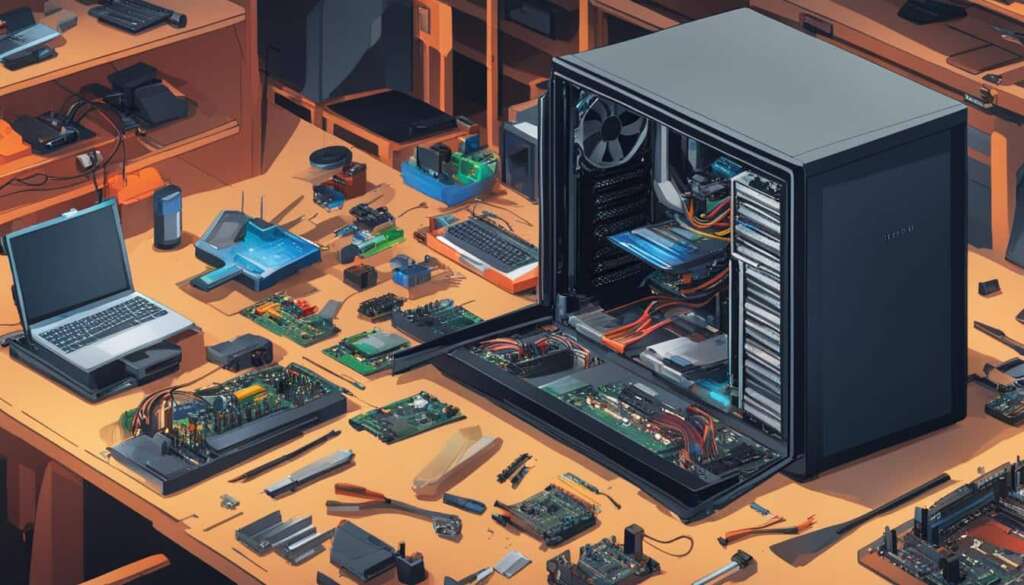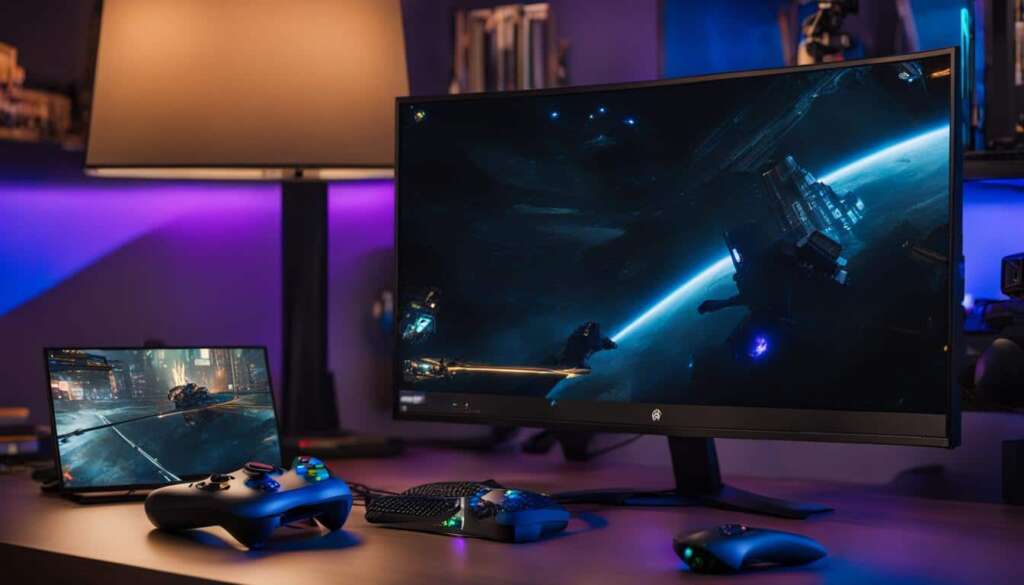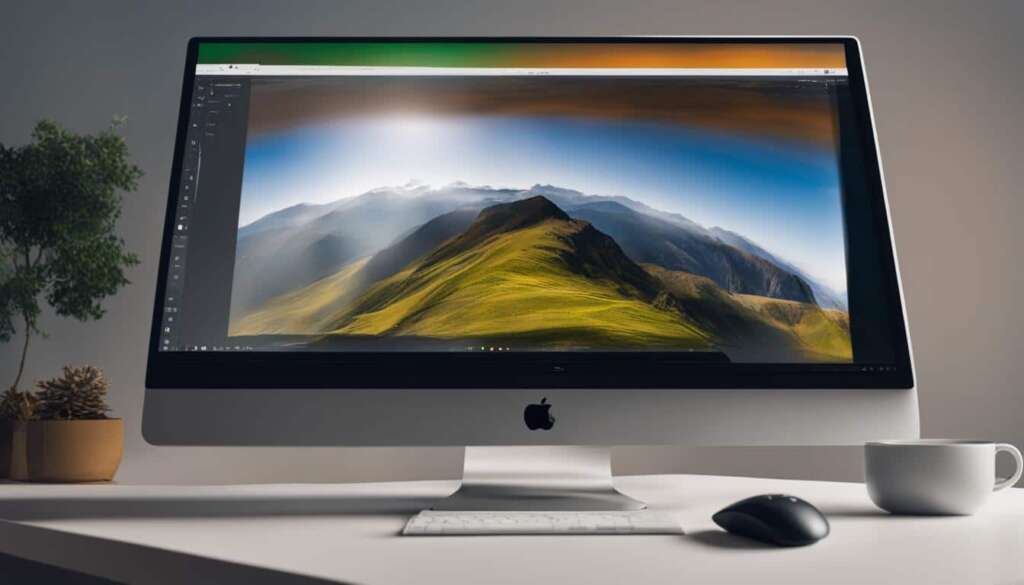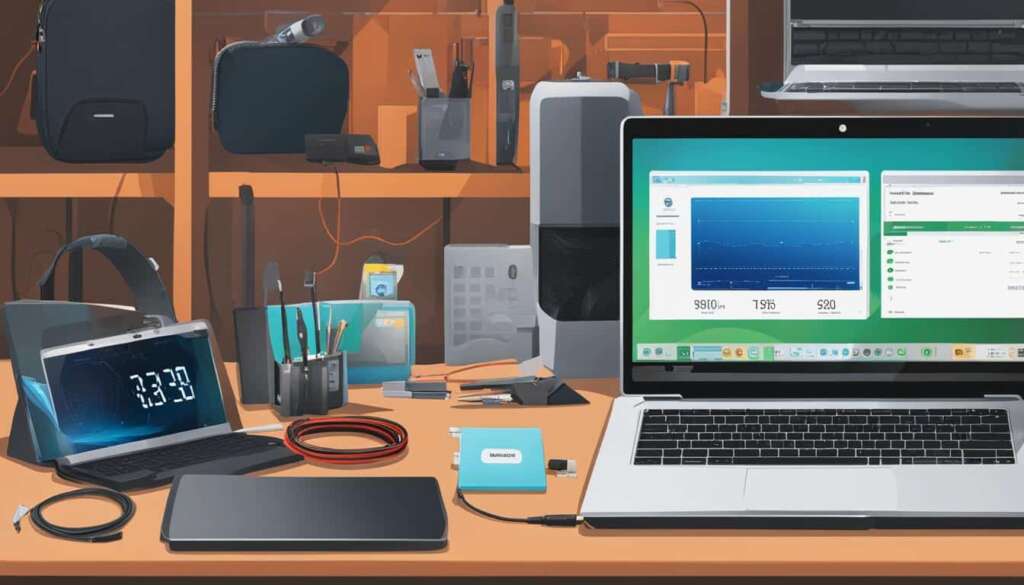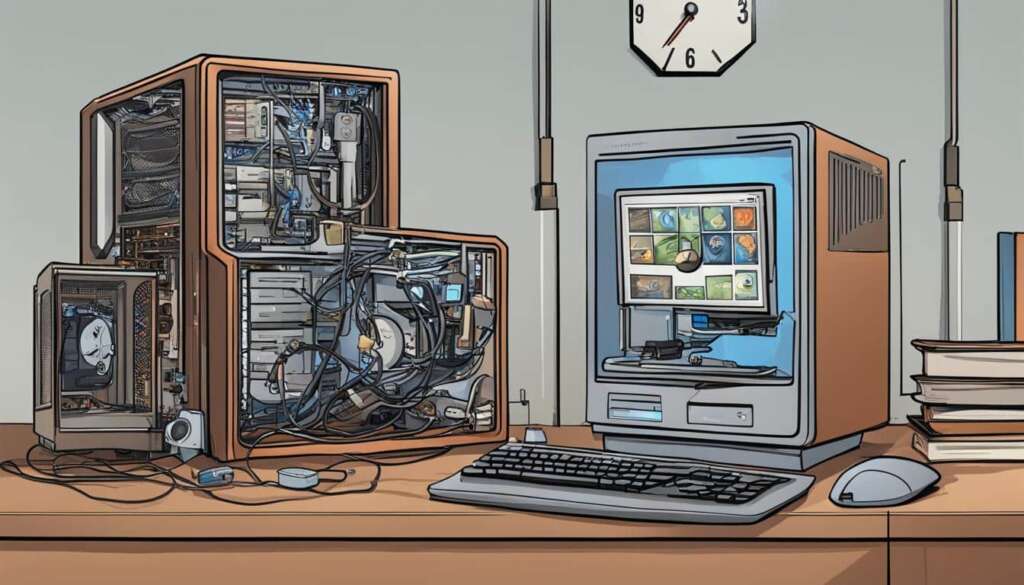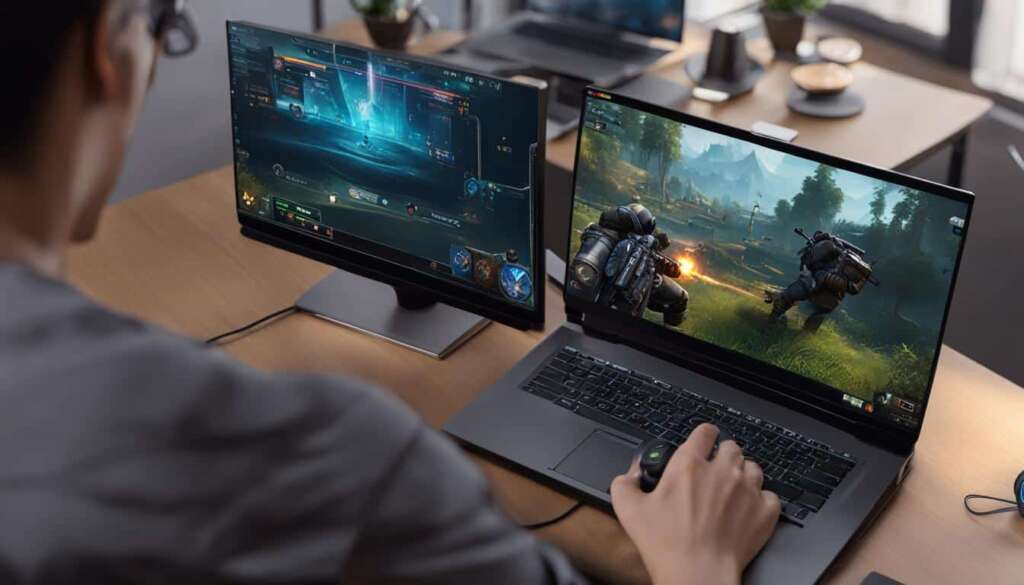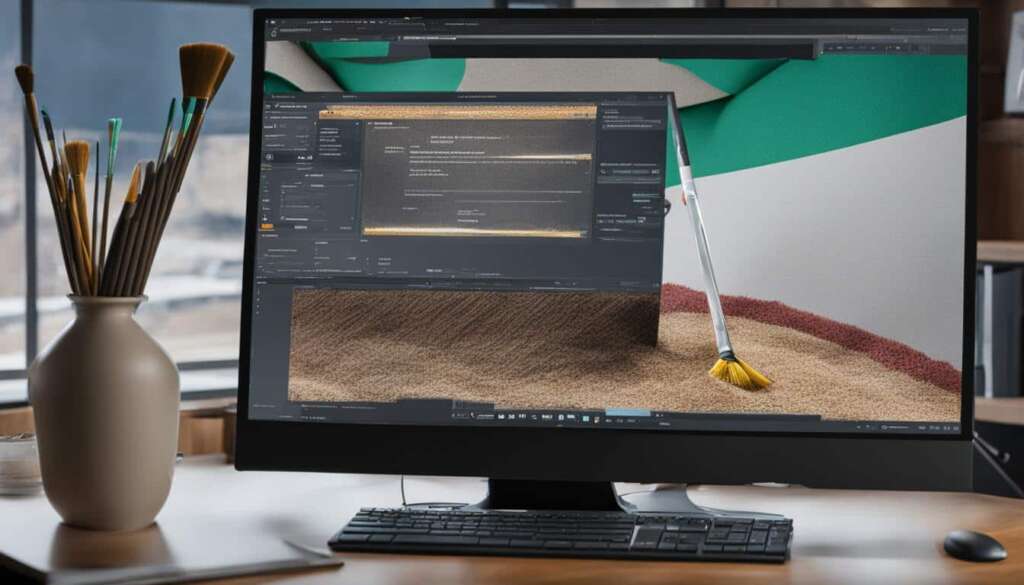Table of Contents
If your gaming computer is running slowly or experiencing issues such as long load times, screen tearing, or lag, it’s likely due to outdated hardware. It’s important to regularly upgrade your PC components to keep up with the demands of newer games and ensure optimal performance. According to experts, gaming PCs typically last for about two to four years before a significant drop in performance is observed. In this ultimate guide, we will explore step-by-step instructions on how to upgrade PC components for enhanced performance and longevity.
By following these upgrade tips, you can enhance the performance of your gaming PC and extend its longevity. Upgrading the key hardware components of your computer, such as RAM, storage, and graphics card, can significantly improve your gaming experience. So, let’s dive into the first step: installing more RAM.
Step 1: Install More RAM
If you’re looking to upgrade your gaming PC and enhance your gaming experience, one of the first steps to consider is increasing or replacing your computer’s memory, commonly known as RAM. RAM plays a crucial role in storing data that is currently being used by computer applications, including games. Upgrading your RAM can significantly improve the speed and responsiveness of your system, allowing for smoother gameplay and faster load times.
Many factory-built computers have available slots to add more RAM modules, making it a relatively straightforward upgrade. If there isn’t enough room for additional modules, you can replace your existing memory with larger-capacity modules. This will provide you with a substantial increase in memory, allowing your computer to handle more demanding games and applications.
To determine which RAM modules are compatible with your computer, you can use tools like the Crucial® System Selector or System Scanner. These online resources will analyze your system and provide you with a list of compatible RAM options, taking the guesswork out of the upgrade process.
Why Upgrade RAM?
Upgrading your RAM can have several benefits:
- Increased Memory: Upgrading your RAM allows your computer to store more data in its active memory, which can lead to improved multitasking capabilities and smoother performance.
- Improved Gaming Experience: By increasing your RAM, you provide your gaming PC with the necessary resources to handle the complex graphics and calculations required by modern games, resulting in a more immersive and enjoyable gaming experience.
- Faster Load Times: With more RAM, your system can load and access files more quickly, reducing the time you spend waiting for games and applications to start.
To illustrate the benefits of upgrading RAM, refer to the table below:
| Current RAM | Upgraded RAM | Performance Improvement |
|---|---|---|
| 8GB | 16GB | Smooth and lag-free gaming experience |
| 16GB | 32GB | Optimal performance for resource-intensive games and multitasking |
| 32GB | 64GB | Exceptional performance for professional gaming, content creation, and virtual reality applications |
Step 2: Upgrade Storage to an SSD
Upgrading your computer’s storage drive to a solid-state drive (SSD) is another essential step in optimizing your gaming experience. SSDs offer significant advantages over traditional hard disk drives (HDDs), including faster startup times, improved reliability, and enhanced durability.
Compared to HDDs, SSDs also boast higher transfer speeds, resulting in overall system performance improvements. With an SSD, you can enjoy faster game load times, reduced lag, and seamless multitasking capabilities.
Upgrading to an SSD is a relatively straightforward process and can greatly enhance your computer’s performance. Here are a few steps to help you get started:
- Research and choose a compatible SSD: Use tools like the Crucial® System Selector or System Scanner to find the right SSD for your computer. Take into consideration factors such as storage capacity, speed, and price.
- Back up your data: Before installing the new SSD, make sure to back up all your important files and data to prevent any data loss during the upgrade process.
- Power down your computer: Turn off your computer and disconnect it from any power source to ensure safety during the installation process.
- Remove the existing storage drive: Carefully disconnect and remove the old storage drive from your computer. Refer to your computer’s manual or manufacturer’s website for specific instructions.
- Install the new SSD: Connect the new SSD to the appropriate slot, making sure it is securely in place. Reconnect any cables or connectors as necessary.
- Power up your computer: Once the SSD is installed, reconnect the power source and turn on your computer. It should detect the new SSD automatically.
- Format and configure the SSD: Depending on your operating system, you may need to format and configure the new SSD. Follow the on-screen instructions or refer to the manufacturer’s guidelines.
- Transfer your data (optional): If you have backed up your data, you can now transfer it to the new SSD. This step is optional but can help ensure a seamless transition.
Did you know? SSDs consist of flash memory chips that store data electronically, while HDDs use spinning disks and read/write heads. This key difference is what contributes to the SSD’s faster performance and increased durability.
In addition to improved performance, upgrading to an SSD also provides other benefits such as reduced noise levels, lower power consumption, and increased resistance to physical damage.
By upgrading your storage to an SSD, you can significantly improve boot times, enhance overall system responsiveness, and enjoy a smoother gaming experience.
Step 3: Upgrade Graphics Card
If you’re experiencing lag, freezing graphics, or screen tearing while gaming, it may be time to upgrade your graphics card. Many pre-built computers come with low-end graphics cards, which can significantly impact your gaming experience. Upgrading your graphics card can improve overall performance and ensure smoother gameplay.
Before diving into the upgrade, it’s important to check compatibility with your motherboard and cooling system. Graphics cards come in different sizes and require proper power and cooling to function optimally. You may need to verify that your motherboard has the necessary PCIe slots and power connectors to support the new graphics card.
To determine the best graphics card for your needs, consult with experts or conduct thorough research. Third-party benchmark tests can provide valuable insights on the performance of different graphics cards. Look for reviews and comparisons to find the card that will suit your gaming requirements and budget.
Once you’ve chosen the compatible graphics card, follow the manufacturer’s instructions to install it properly. Make sure to power off your computer, disconnect all cables, and ground yourself before handling any components. With the new graphics card installed, you can expect an improved gaming performance with reduced lag, enhanced visuals, and smoother gameplay.
FAQ
Why is my gaming computer running slowly?
If your gaming computer is running slowly, it’s likely due to outdated hardware. It’s important to regularly upgrade your PC components to keep up with the demands of newer games and ensure optimal performance.
How long do gaming PCs typically last before a drop in performance?
According to experts, gaming PCs typically last for about two to four years before a significant drop in performance is observed.
What is the first upgrade to consider for my gaming PC?
One of the first upgrades to consider for your gaming PC is increasing or replacing your computer memory, commonly known as RAM. Upgrading your RAM can help improve the speed and responsiveness of your system.
Can I add more RAM to my factory-built computer?
Most factory-built computers have slots to add more RAM modules. If there isn’t enough room, you can replace existing memory with larger-capacity modules.
How can I determine which RAM modules are compatible with my computer?
To determine which RAM modules are compatible with your computer, you can use tools like the Crucial® System Selector or System Scanner.
What is another important upgrade to consider?
Another important upgrade to consider is replacing your current storage drive with a solid-state drive (SSD). SSDs offer faster startup times, improved reliability, and durability compared to traditional hard disk drives (HDDs).
How can upgrading to an SSD improve overall system performance?
Upgrading to an SSD can improve overall system performance by providing faster transfer speeds, resulting in better overall performance.
How can I determine which SSDs are compatible with my computer?
The Crucial® System Selector or System Scanner can help you determine which SSDs are compatible with your computer.
What should I do if I’m experiencing lag or freezing graphics while gaming?
If you’re experiencing lag or freezing graphics while gaming, it may be time to upgrade your graphics card. Upgrading your graphics card can improve overall performance and ensure smoother gameplay.
How can I check compatibility before upgrading my graphics card?
It’s important to check compatibility with your motherboard and cooling system before upgrading your graphics card. Third-party benchmark tests can also help determine if a graphics card upgrade will benefit your specific computer.
How do I choose the best graphics card for my needs?
Consider consulting with experts or researching to choose the best graphics card for your needs.

